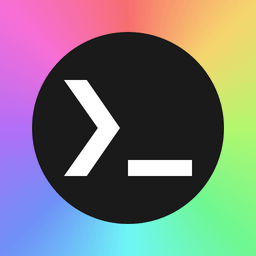

I sadly can’t give you any input or help, but I really appreciate your idea and, coincidentally, thought about the exact same thing today 😁
I think a more stable (slower release) variant of Fedora Atomic would be absolutely great for people who don’t like change as much as current Fedora users.
A more conservative variant would be great, especially for companies.
The combination of a stable system (in terms of update frequency and changes) with the unbreakability and deployability would be a huge win.
Imagine being the admin of a small company, class or department and just creating your own uBlue-image with all software your team needs and rebase a dozen PCs to that image. Would be awesome!
I think, currently, Fedora is sometimes too experimental and leading edge, which might be a problem for some people, especially in the business world. Having a more stable variant would be great.



I sadly can’t give you any input or help, but I really appreciate your idea and, coincidentally, thought about the exact same thing today 😁
I think a more stable (slower release) variant of Fedora Atomic would be absolutely great for people who don’t like change as much as current Fedora users.
A more conservative variant would be great, especially for companies.
The combination of a stable system (in terms of update frequency and changes) with the unbreakability and deployability would be a huge win.
Imagine being the admin of a small company, class or department and just creating your own uBlue-image with all software your team needs and rebase a dozen PCs to that image. Would be awesome!
I think, currently, Fedora is sometimes too experimental and leading edge, which might be a problem for some people, especially in the business world. Having a more stable variant would be great.